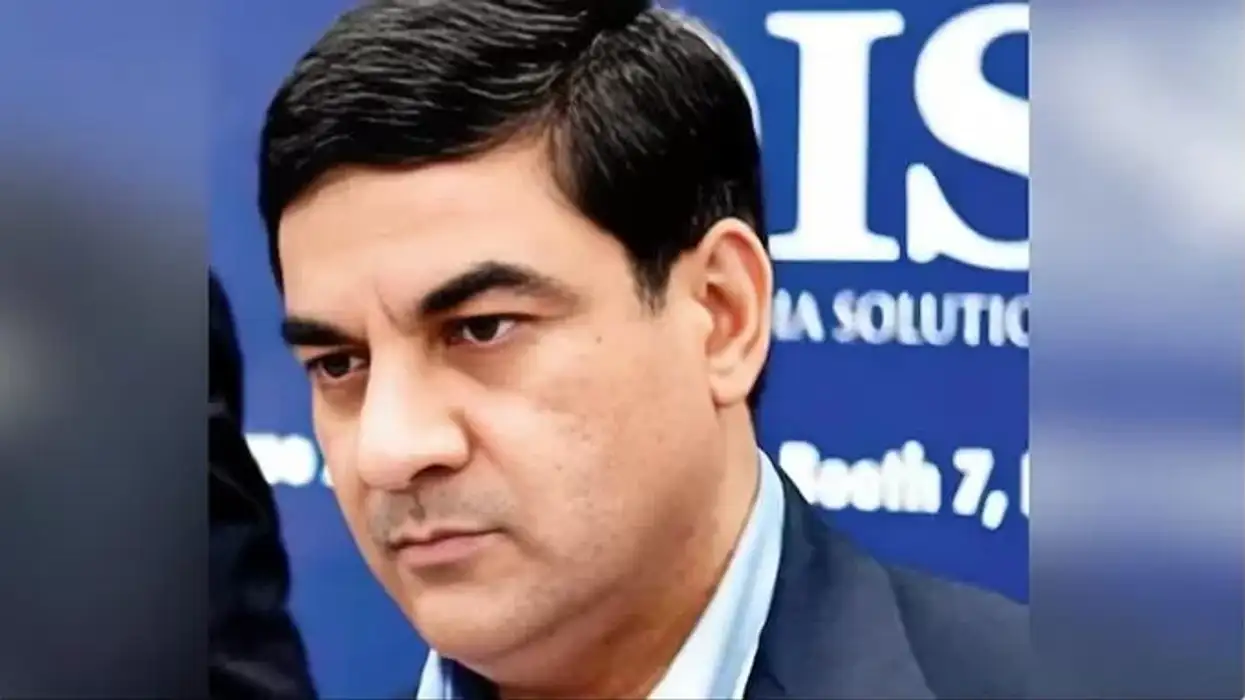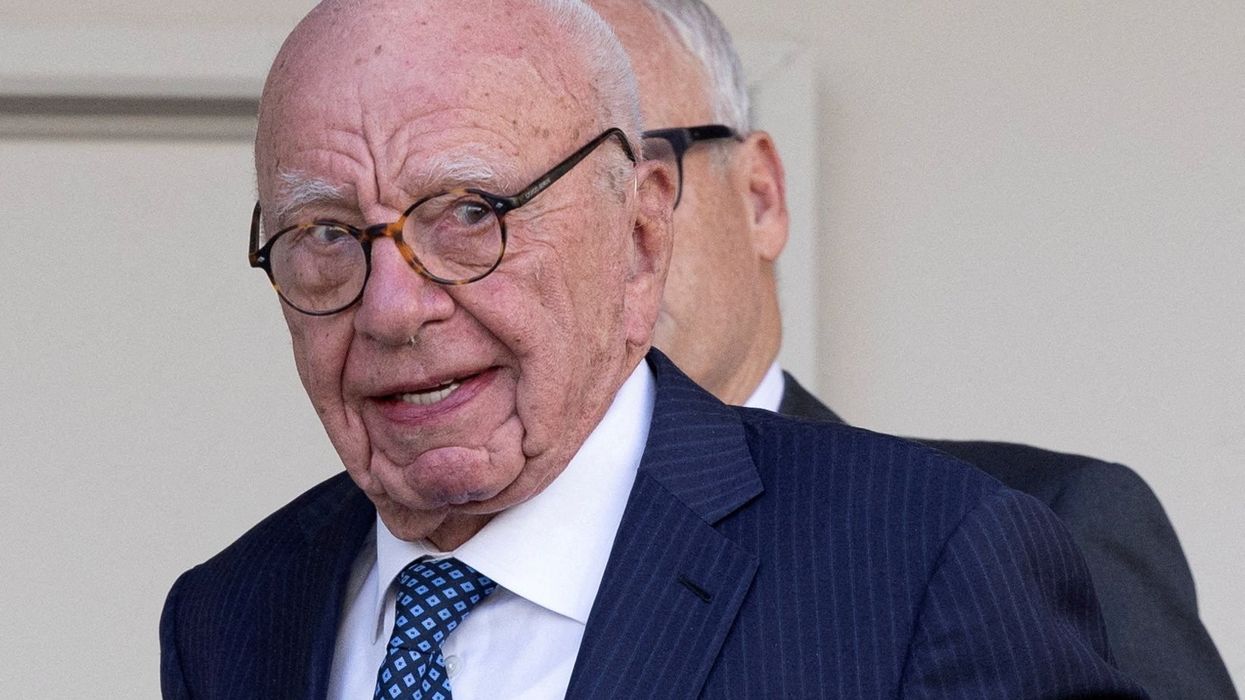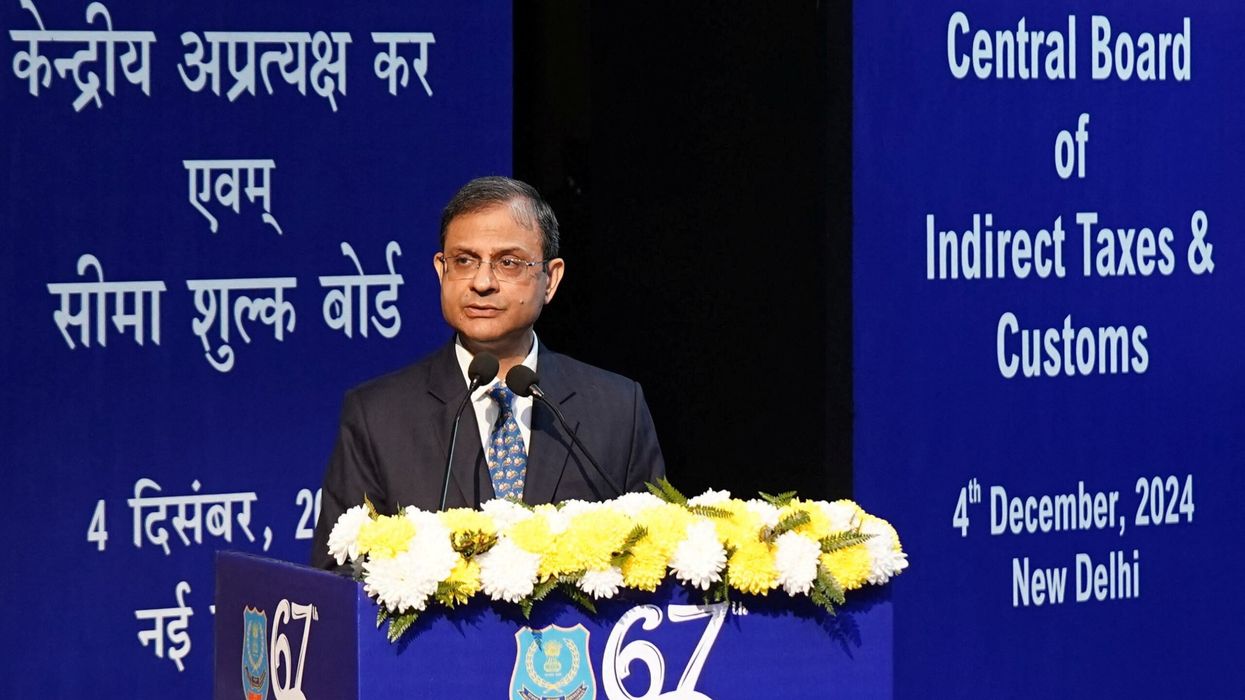VODAFONE Group Plc today (8) announced the appointment of Vinod Kumar as chief executive officer of Vodafone Business with effect from September 2.
Kumar will join the executive committee on September 2 and report to Vodafone Group chief executive Nick Read.
He succeeds Vodafone Group CEO rest of the world, Vivek Badrinath, who has been acting as Interim CEO of Vodafone Business since March 2019.
Kumar has been the managing director and chief executive of Tata Communications Ltd since 2011, after joining the company as chief operating officer in 2004.
Vodafone Group chief executive Nick Read said: “Vinod is a very experienced business leader with a breadth of experience from across the globe. He is a great addition to Vodafone and the executive committee.”
Kumar said, “I am very excited to join the vibrant team at Vodafone Business. The global reach, the pervasive network and the brand loyalty that Vodafone has created makes it an ideal partner for any organisation's digital transformation, regardless of size or industry.”
The newly appointed Vodafone business chief executive has a long career in the telecommunications industry, including roles at Asia Netcom, WorldCom, Global One and Sprint International.











